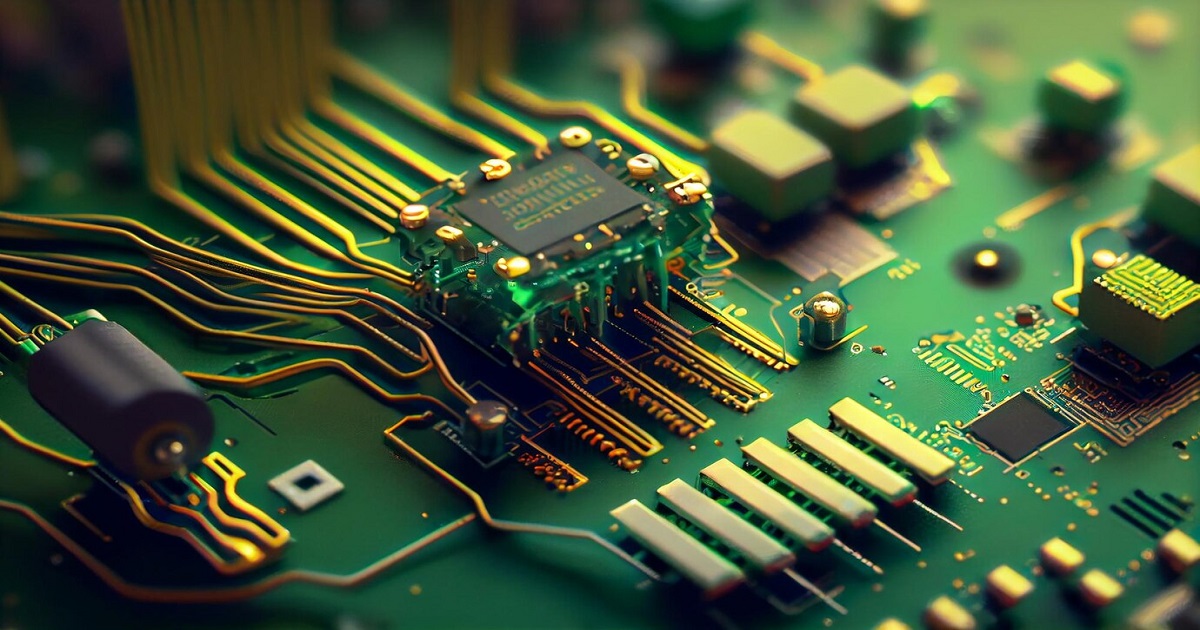Piezoelectric Energy Harvesting and Sensing Technology: Materials, Mechanisms, and Applications
A special issue of Materials (ISSN 1996-1944). This special issue belongs to the section "Smart Materials".
Deadline for manuscript submissions: closed (10 April 2024) | Viewed by 9951

Special Issue Editors
Interests: piezoelectric materials; flexible electronics; energy harvesting and sensing devices
Special Issues, Collections and Topics in MDPI journals
Special Issue Information
Dear Colleagues,
Recent progress in material science, manufacturing technology, and biotechnology advances has fostered exciting applications that are based on piezoelectric materials. The development and expansion of piezoelectric-based energy harvesting and sensing technologies offer new opportunities for the next generation of wearable and implantable electronics. In particular, advancements in nano/microfabrication and bioengineering allow piezoelectric energy harvesters and sensors to be developed with the significant advantages of flexibility, low cost, and real-time, self-powered, label-free sensing for potential applications in areas such as healthcare, electronics, and automotive applications, suggesting a new platform for ongoing research efforts in the field. This Special Issue is dedicated to current research activities on the most recent developments in piezoelectric materials, including novel materials design, advanced fabrication techniques, as well as their integration with other systems for energy harvesting and sensing applications. Both reviews and original research papers on principles and applications are welcome.
Dr. Lin Dong
Dr. Pengrong Ren
Guest Editors
Manuscript Submission Information
Manuscripts should be submitted online at www.mdpi.com by registering and logging in to this website. Once you are registered, click here to go to the submission form. Manuscripts can be submitted until the deadline. All submissions that pass pre-check are peer-reviewed. Accepted papers will be published continuously in the journal (as soon as accepted) and will be listed together on the special issue website. Research articles, review articles as well as short communications are invited. For planned papers, a title and short abstract (about 100 words) can be sent to the Editorial Office for announcement on this website.
Submitted manuscripts should not have been published previously, nor be under consideration for publication elsewhere (except conference proceedings papers). All manuscripts are thoroughly refereed through a single-blind peer-review process. A guide for authors and other relevant information for submission of manuscripts is available on the Instructions for Authors page. Materials is an international peer-reviewed open access semimonthly journal published by MDPI.
Please visit the Instructions for Authors page before submitting a manuscript. The Article Processing Charge (APC) for publication in this open access journal is 2600 CHF (Swiss Francs). Submitted papers should be well formatted and use good English. Authors may use MDPI's English editing service prior to publication or during author revisions.
Keywords
- piezoelectric materials
- energy harvesting
- sensing
- nanomaterials
- nano/microfabrication







